name: inverse layout: true class: center, middle, inverse <div class="my-header"><span> <a href="/training-material/topics/statistics" title="Return to topic page" ><i class="fa fa-level-up" aria-hidden="true"></i></a> <a href="https://github.com/galaxyproject/training-material/edit/main/topics/statistics/tutorials/machinelearning/slides.html"><i class="fa fa-pencil" aria-hidden="true"></i></a> </span></div> <div class="my-footer"><span> <img src="/training-material/assets/images/GTN-60px.png" alt="Galaxy Training Network" style="height: 40px;"/> </span></div> --- <img src="/training-material/assets/images/GTNLogo1000.png" alt="Galaxy Training Network" class="cover-logo"/> <br/> <br/> # Introduction to Machine learning <br/> <br/> <div markdown="0"> <div class="contributors-line"> <ul class="text-list"> <li> <a href="/training-material/hall-of-fame/anuprulez/" class="contributor-badge contributor-anuprulez"><img src="https://avatars.githubusercontent.com/anuprulez?s=36" alt="Anup Kumar avatar" width="36" class="avatar" /> Anup Kumar</a></li> </ul> </div> </div> <!-- modified date --> <div class="footnote" style="bottom: 8em;"> <i class="far fa-calendar" aria-hidden="true"></i><span class="visually-hidden">last_modification</span> Updated: <i class="fas fa-fingerprint" aria-hidden="true"></i><span class="visually-hidden">purl</span><abbr title="Persistent URL">PURL</abbr>: <a href="https://gxy.io/GTN:S00136">gxy.io/GTN:S00136</a> </div> <!-- other slide formats (video and plain-text) --> <div class="footnote" style="bottom: 5em;"> <i class="fas fa-file-alt" aria-hidden="true"></i><span class="visually-hidden">text-document</span><a href="slides-plain.html"> Plain-text slides</a> | <div class="btn-group"> <!-- dropdown with all recordings --> <a href="/training-material/topics/statistics/tutorials/machinelearning/recordings/" class="btn btn-default dropdown-toggle topic-icon" data-toggle="dropdown" aria-expanded="false" title="Latest recordings of this material in the GTN Video Library"> <i class="fas fa-video" aria-hidden="true"></i><span class="visually-hidden">video</span> Recordings </a> <ul class="dropdown-menu"> <li><a class="dropdown-item" href="/training-material/topics/statistics/tutorials/machinelearning/recordings/index.html#lecture-recording-25-march-2025" title="View the recording for this tutorial"> <i class="fas fa-video" aria-hidden="true"></i><span class="visually-hidden">video</span> Lecture (March 2025) - 27m</a> </li> <li><a class="dropdown-item" href="/training-material/topics/statistics/tutorials/machinelearning/recordings/" title="View all recordings for this tutorial"> <i class="fas fa-video" aria-hidden="true"></i><span class="visually-hidden">video</span> View All</a> </li> </ul> </div> </div> <!-- usage tips --> <div class="footnote" style="bottom: 2em;"> <strong>Tip: </strong>press <kbd>P</kbd> to view the presenter notes | <i class="fa fa-arrows" aria-hidden="true"></i><span class="visually-hidden">arrow-keys</span> Use arrow keys to move between slides </div> ??? Presenter notes contain extra information which might be useful if you intend to use these slides for teaching. Press `P` again to switch presenter notes off Press `C` to create a new window where the same presentation will be displayed. This window is linked to the main window. Changing slides on one will cause the slide to change on the other. Useful when presenting. --- ### <i class="far fa-question-circle" aria-hidden="true"></i><span class="visually-hidden">question</span> Questions - What is machine learning? - Why is it useful? - What are its different approaches? --- ### <i class="fas fa-bullseye" aria-hidden="true"></i><span class="visually-hidden">objectives</span> Objectives - Provide the basics of machine learning and its variants. - Learn how to do classification using the training and test data. - Learn how to use Galaxy's machine learning tools. --- # Contents - What is machine learning? - Types of machine learning - Techniques for - Hyperparameter optimisation - Learning and evaluation of models - Various applications of machine learning --- # Machine learning .pull-left[ - Learns patterns from data - Comprises of different fields - Linear algebra, statistics and probability - Programming - Data analysis - Visualization - Applicable to data from multiple fields - protein and DNA sequences, weather data, stock and house prices, images ... ] .pull-right[ 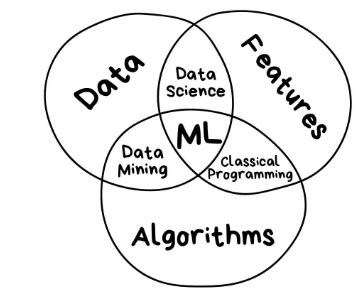] --- # Variants of ML .center[ 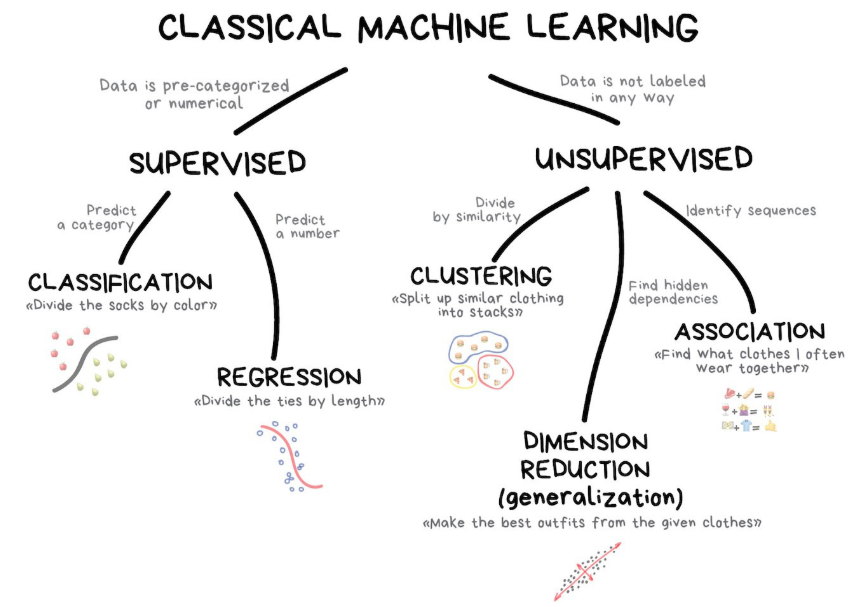] --- # Classification .pull-left[ - Supervised learning - Learn/predict classes or targets - Find decision boundary - Linear and non-linear boundaries - Algorithms are classifiers - Examples - Tumor or no tumor - Rain or no rain - ... ] .pull-right[ 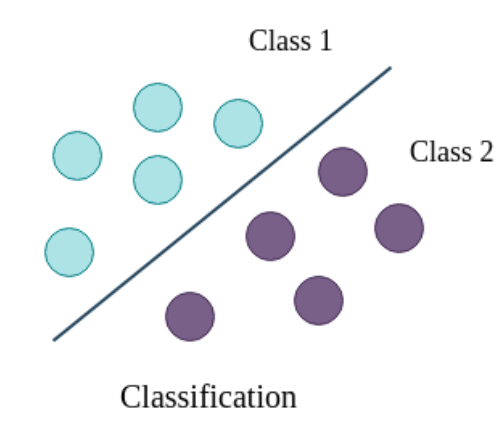] --- # Classification dataset - Breast tumor dataset - Features and target .center[ ] --- # Regression .pull-left[ - Supervised learning - Targets are real numbers - Find fitting curve - Linear or non-linear curves - Algorithms are regressors - Examples: - Temperature forecast - Stock/house prices - ... ] .pull-right[ 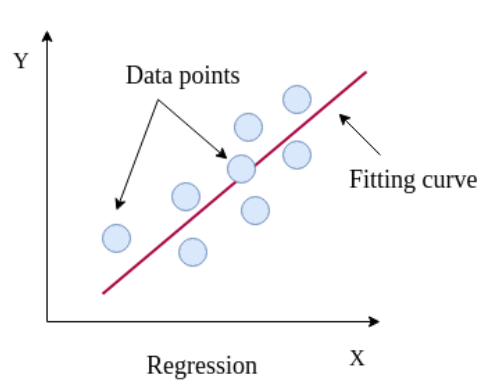] --- # Regression dataset - Body fat dataset - features and target .center[ ] --- # Hyperparameter optimisation .pull-left[ - Grid search - Random search ] .pull-right[ ] --- # Learning and evaluation .pull-left[ - K-fold cross-validation - Dataset in K equal parts - Part == fold - Learn on training set - Evaluate on validation set ] .pull-right[ 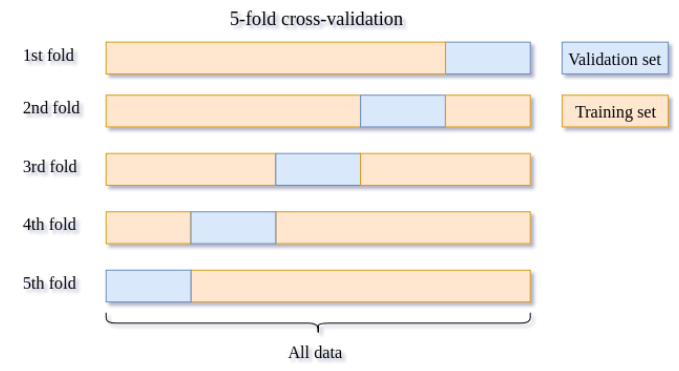] --- # Learning and evaluation .pull-left[ - Training and test sets - Learn on training set - Evaluate on test set ] .pull-right[ ] --- # Applications of machine learning .pull-left[ - BioInformatics - Protein structure prediction - Drug response prediction - Biological age prediction - Biomedical image analysis - ... - Computer vision/image recognition - Natural language processing - Speech recognition - ... ] .pull-right[ ] --- # References - Machine learning for everyone - hhttps://vas3k.com/blog/machine_learning/ - Breast cancer dataset - https://archive.ics.uci.edu/dataset/15/breast+cancer+wisconsin+original - Body fat dataset - https://rstudio-pubs-static.s3.amazonaws.com/65314_c0d1e5696cdd4e93a3784ea67f9e3d34.html --- # For additional references, please see tutorial's References section --- - Galaxy Training Materials ([training.galaxyproject.org](https://training.galaxyproject.org))  ??? - If you would like to learn more about Galaxy, there are a large number of tutorials available. - These tutorials cover a wide range of scientific domains. --- # Getting Help - **Help Forum** ([help.galaxyproject.org](https://help.galaxyproject.org))  - **Gitter Chat** - [Main Chat](https://gitter.im/galaxyproject/Lobby) - [Galaxy Training Chat](https://gitter.im/Galaxy-Training-Network/Lobby) - Many more channels (scientific domains, developers, admins) ??? - If you get stuck, there are ways to get help. - You can ask your questions on the help forum. - Or you can chat with the community on Gitter. --- # Join an event - Many Galaxy events across the globe - Event Horizon: [galaxyproject.org/events](https://galaxyproject.org/events) 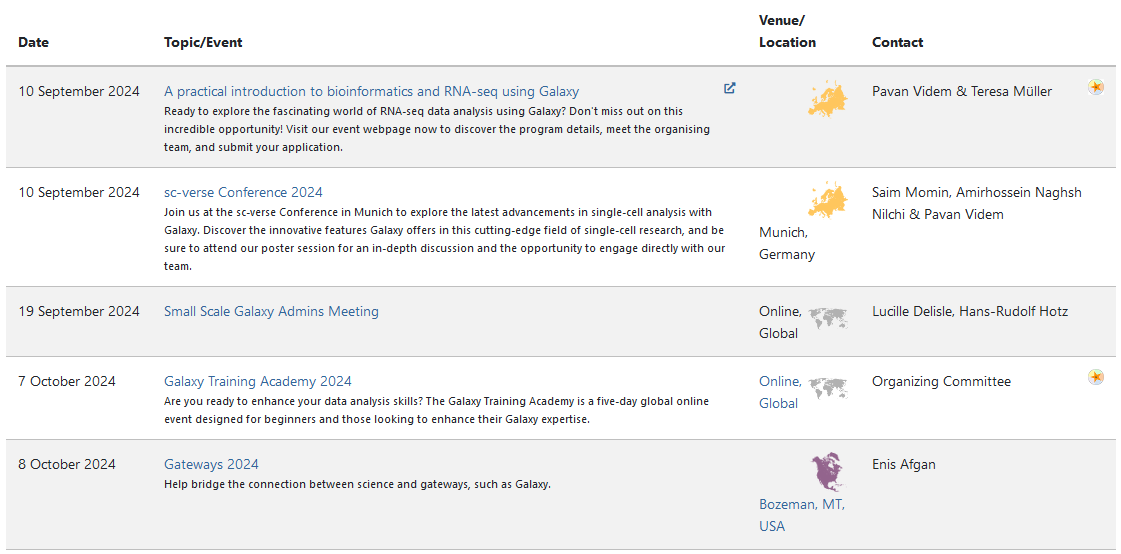 ??? - There are frequent Galaxy events all around the world. - You can find upcoming events on the Galaxy Event Horizon. --- ### <i class="fas fa-key" aria-hidden="true"></i><span class="visually-hidden">keypoints</span> Key points - Machine learning algorithms learn features from data. - It is used for multiple tasks such as classification, regression, clustering and so on. - Multiple learning tasks can be performed using Galaxy's machine learning tools. - For the classification and regression tasks, data is divided into training and test sets. - Each sample/record in the training data has a category/class/label. - A machine learning algorithm learns features from the training data and do predictions on the test data. --- ## Thank You! This material is the result of a collaborative work. Thanks to the [Galaxy Training Network](https://training.galaxyproject.org) and all the contributors! <div markdown="0"> <div class="contributors-line"> <table class="contributions"> <tr> <td><abbr title="These people wrote the bulk of the tutorial, they may have done the analysis, built the workflow, and wrote the text themselves.">Author(s)</abbr></td> <td> <a href="/training-material/hall-of-fame/anuprulez/" class="contributor-badge contributor-anuprulez"><img src="https://avatars.githubusercontent.com/anuprulez?s=36" alt="Anup Kumar avatar" width="36" class="avatar" /> Anup Kumar</a> </td> </tr> <tr class="reviewers"> <td><abbr title="These people reviewed this material for accuracy and correctness">Reviewers</abbr></td> <td> <a href="/training-material/hall-of-fame/bgruening/" class="contributor-badge contributor-badge-small contributor-bgruening"><img src="https://avatars.githubusercontent.com/bgruening?s=36" alt="Björn Grüning avatar" width="36" class="avatar" /></a><a href="/training-material/hall-of-fame/teresa-m/" class="contributor-badge contributor-badge-small contributor-teresa-m"><img src="https://avatars.githubusercontent.com/teresa-m?s=36" alt="Teresa Müller avatar" width="36" class="avatar" /></a><a href="/training-material/hall-of-fame/martenson/" class="contributor-badge contributor-badge-small contributor-martenson"><img src="https://avatars.githubusercontent.com/martenson?s=36" alt="Martin Čech avatar" width="36" class="avatar" /></a><a href="/training-material/hall-of-fame/dadrasarmin/" class="contributor-badge contributor-badge-small contributor-dadrasarmin"><img src="https://avatars.githubusercontent.com/dadrasarmin?s=36" alt="Armin Dadras avatar" width="36" class="avatar" /></a></td> </tr> </table> </div> </div> <div style="display: flex;flex-direction: row;align-items: center;justify-content: center;"> <img src="/training-material/assets/images/GTNLogo1000.png" alt="Galaxy Training Network" style="height: 100px;"/> </div> Tutorial Content is licensed under <a rel="license" href="http://creativecommons.org/licenses/by/4.0/">Creative Commons Attribution 4.0 International License</a>.<br/>